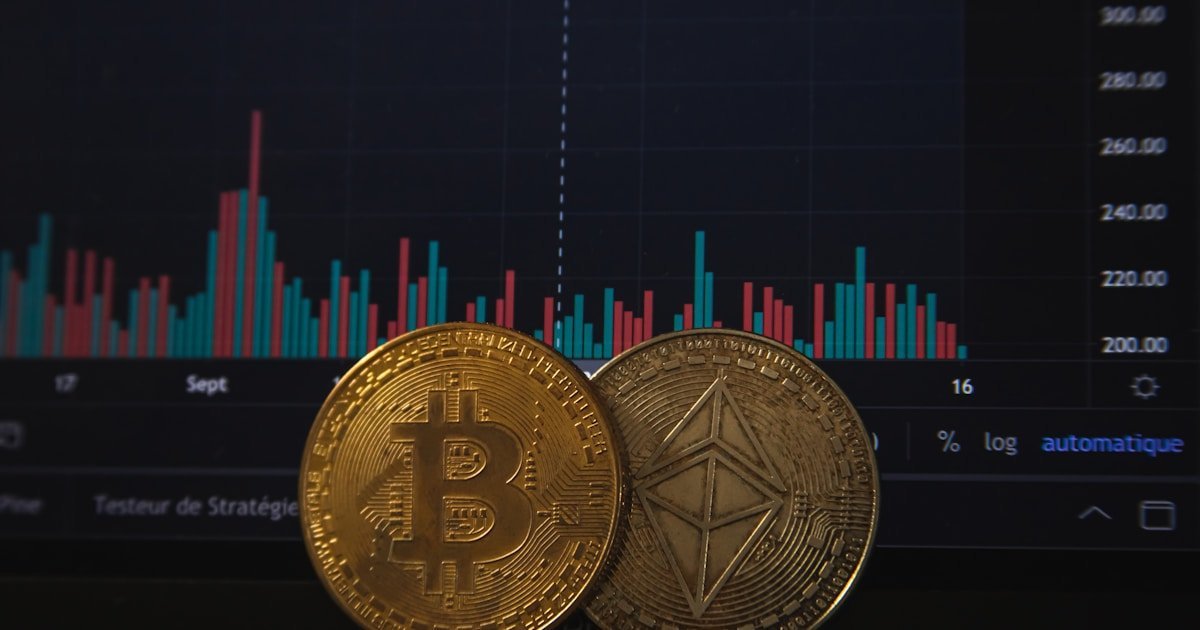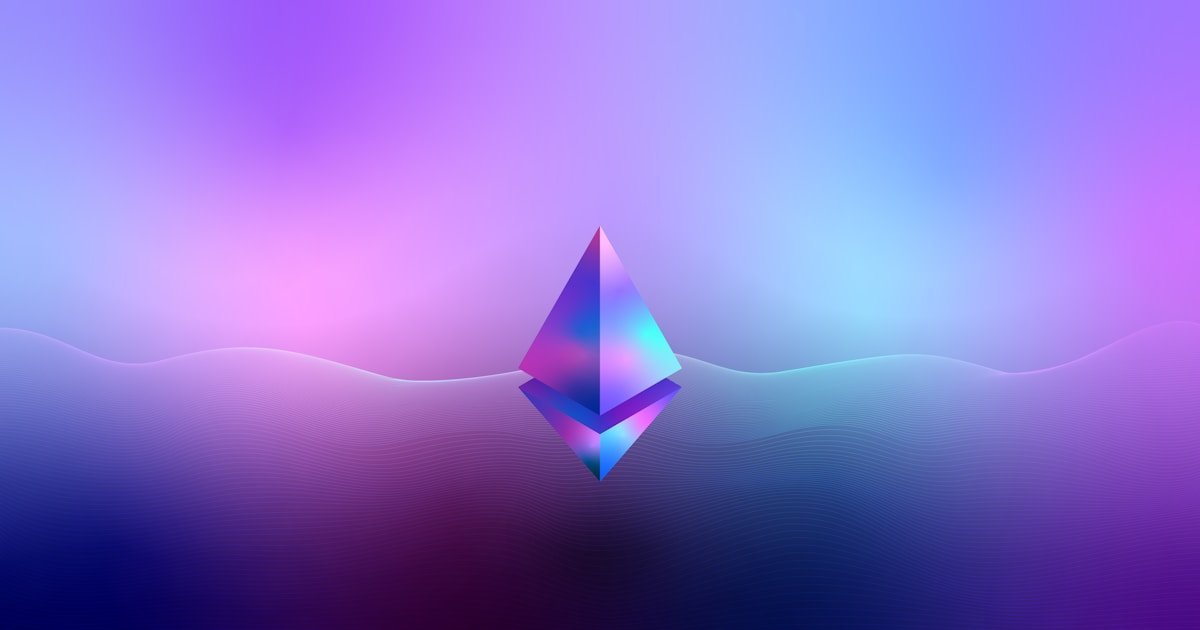Synthetix Protocol: Synthetic Assets and SNX Staking Guide 2025
Complete guide to Synthetix protocol with strategies, best practices, and expert insights for 2025.
Understanding Synthetix Protocol
Complete guide to Synthetix protocol with strategies, best practices, and expert insights for 2025.
In the rapidly evolving landscape of decentralized finance (DeFi), understanding Synthetix protocol has become essential for both newcomers and experienced participants. This comprehensive guide will walk you through everything you need to know to navigate this space effectively and safely.
What is Synthetix Protocol?
Core Definition
Synthetix Protocol represents a fundamental aspect of modern DeFi infrastructure. At its core, this technology enables users to interact with decentralized financial services in ways that were impossible in traditional finance.
Why It Matters in 2025
The DeFi ecosystem has matured significantly, and Synthetix protocol now plays a crucial role in:
- Enhanced Efficiency: Streamlined processes that save time and money
- Greater Access: Open financial services for anyone with an internet connection
- Improved Security: Non-custodial solutions that keep you in control
- Innovation: Cutting-edge features not available in traditional finance
How Synthetix Protocol Works
Technical Foundation
The underlying technology combines several key components:
- Smart Contracts: Self-executing code that automates financial operations
- Blockchain Integration: Transparent, immutable transaction records
- Decentralized Architecture: No single point of failure or control
- Token Economics: Aligned incentives for all participants
Step-by-Step Process
Understanding how Synthetix protocol functions in practice:
Step 1: Preparation
- Set up a compatible Web3 wallet (MetaMask, WalletConnect)
- Ensure sufficient funds for transactions and gas fees
- Research and select appropriate protocols
Step 2: Connection
- Connect your wallet to the platform
- Review and approve necessary permissions
- Verify you’re on the correct network
Step 3: Execution
- Configure your desired parameters
- Review transaction details and fees
- Submit and confirm the transaction
Key Benefits and Advantages
Financial Benefits
Lower Costs
By eliminating intermediaries, Synthetix protocol significantly reduces transaction costs. Users typically save 30-70% compared to traditional alternatives.
Higher Returns
Direct participation means you capture more value. Average returns in this category range from 5-20% APY, with advanced strategies potentially yielding more.
24/7 Availability
Access financial services anytime, anywhere. No banking hours, no holidays, no geographic restrictions.
Operational Advantages
- Global Access: Anyone with an internet connection can participate
- Transparency: All transactions are publicly verifiable on the blockchain
- Composability: Integrate with other DeFi protocols to create custom strategies
- Non-Custodial: You maintain control of your assets at all times
Getting Started Guide
For Beginners
Step 1: Setup
- Download and install MetaMask wallet
- Secure your seed phrase (write it down, keep it safe)
- Purchase ETH or other tokens on a reputable exchange
- Transfer tokens to your wallet
Step 2: First Transaction
- Start with a small amount ($50-100)
- Research 2-3 established protocols
- Read protocol documentation thoroughly
- Make your first interaction
- Learn from the experience
Common Mistakes to Avoid
- ❌ Investing more than you can afford to lose
- ❌ Skipping security basics (hardware wallet for large amounts)
- ❌ Ignoring gas fees in profitability calculations
- ❌ Not reading smart contract audits
- ❌ Falling for high APY scams
- ❌ Failing to diversify across protocols
Risk Management
Primary Risk Categories
Smart Contract Risk
The risk that protocol code contains vulnerabilities that could be exploited. Mitigation: Only use audited protocols with proven track records.
Market Risk
Price volatility can lead to losses even with sound strategy. Mitigation: Use stablecoins for base capital, diversify exposure.
Operational Risk
User errors like sending to wrong address. Mitigation: Always double-check addresses, start with test transactions.
Regulatory Risk
Changing legal landscape may affect protocol availability. Mitigation: Stay informed, maintain detailed records.
Best Security Practices
- ✅ Use hardware wallets for amounts over $1,000
- ✅ Enable 2FA on all exchange accounts
- ✅ Verify all contract addresses before interacting
- ✅ Keep software and wallets updated
- ✅ Never share private keys or seed phrases
- ✅ Use separate wallets for different strategies
- ✅ Bookmark official sites to avoid phishing
Tools and Resources
Essential Tools
Portfolio Tracking:
- DeBank – Comprehensive multi-chain portfolio tracking
- Zapper – DeFi position management and monitoring
- Zerion – Mobile-friendly portfolio tracker
Analytics:
- DeFi Llama – TVL and protocol metrics
- Token Terminal – Financial analysis for protocols
- Dune Analytics – Custom blockchain queries
Security:
- Etherscan – Transaction verification
- Revoke.cash – Permission management
- Wallet Guard – Phishing protection
Advanced Strategies
Optimization Techniques
Gas Optimization
Time your transactions during low network congestion (typically weekends and non-US hours). Use Layer 2 networks like Arbitrum or Optimism for significantly lower fees.
Capital Efficiency
Don’t let capital sit idle. Use collateral productively across multiple protocols. Consider auto-compounding vaults to maximize returns.
Tax Optimization
Structure your activities to minimize tax burden. Keep detailed records of all transactions. Consider tax-loss harvesting strategies.
Comparison Table
| Feature | DeFi (Synthetix protocol) | Traditional Finance |
|---|---|---|
| Access | Open to anyone worldwide | Limited, requires approval |
| Hours | 24/7/365 | Business hours only |
| Settlement | Minutes | 2-5 business days |
| Fees | 0.1-1% + gas | 2-5% |
| Control | Non-custodial (you control) | Custodial (bank controls) |
| Transparency | Complete (on-chain) | Limited |
Future Outlook
Emerging Trends
The Synthetix protocol space is evolving rapidly with several key trends:
- Account Abstraction: Simplified user experiences without seed phrases
- Cross-Chain Integration: Seamless interaction across multiple blockchains
- AI-Powered Tools: Intelligent strategy optimization and risk management
- Institutional Adoption: Major financial institutions entering the space
- Regulatory Clarity: Clearer legal frameworks emerging globally
Long-Term Predictions
Next 12 Months:
Continued growth in total value locked, improved user interfaces, enhanced security measures, and greater mainstream awareness.
2-5 Year Outlook:
Integration with traditional finance, mainstream adoption, new use cases, and market maturation with established winners.
Frequently Asked Questions
Q1: Is Synthetix protocol safe?
A: While risks exist, using established protocols with proper security measures significantly reduces danger. Never invest more than you can afford to lose.
Q2: How much money do I need to start?
A: You can start with as little as $100, though $500-1,000 is recommended to make fees proportional to potential gains.
Q3: What are the fees involved?
A: Expect network gas fees ($5-50 on Ethereum, $0.01-1 on Layer 2s) plus protocol fees (usually 0.1-1% of transaction volume).
Q4: How long does it take to learn?
A: Basic understanding: 1-2 weeks. Intermediate competency: 1-2 months. Advanced mastery: 6-12 months of active learning and practice.
Q5: Can I lose money?
A: Yes, through smart contract exploits, market volatility, user error, or other risks. Proper risk management is essential.
Q6: What’s the tax situation?
A: Tax treatment varies by jurisdiction. In most countries, DeFi activities generate taxable events. Consult a crypto-savvy tax professional.
Q7: Which blockchain should I use?
A: Ethereum offers the most protocols but highest fees. Layer 2s (Arbitrum, Optimism) offer lower costs. BSC and Polygon are alternatives with trade-offs.
Q8: How do I choose a protocol?
A: Consider: audit status, total value locked (TVL), track record, community size, documentation quality, and fee structure.
Conclusion
Synthetix Protocol represents a powerful opportunity in the evolving DeFi landscape. By understanding the fundamentals, implementing proper risk management, and staying informed about developments, you can participate effectively in this revolutionary financial system.
Key Takeaways:
- ✅ Start with thorough education and small amounts
- ✅ Prioritize security and risk management above all
- ✅ Use established protocols with good track records
- ✅ Diversify across strategies and platforms
- ✅ Stay informed about industry developments
- ✅ Never invest more than you can afford to lose
Ready to get started? Begin with the basic strategies outlined in this guide, practice on testnets first, and gradually expand your knowledge and participation as you become more comfortable with the technology.
Related Resources
- DeFi Basics – Foundation knowledge
- Risk Management Guide – Protect your investments
- Advanced Strategies – Optimize your approach
Last updated: January 2025
Disclaimer: This content is for educational purposes only. Always do your own research and consider your risk tolerance before participating in DeFi.







